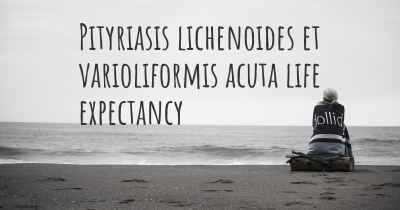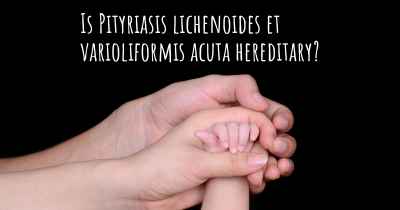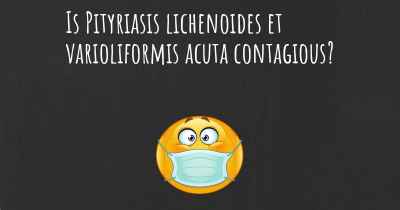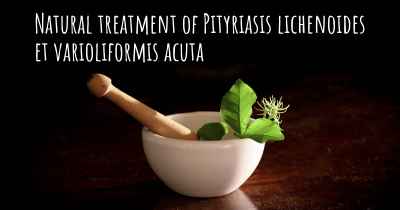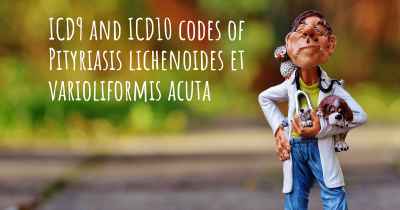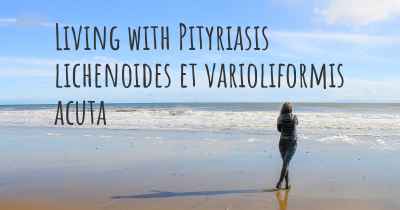What are the best treatments for Pityriasis lichenoides et varioliformis acuta?
See the best treatments for Pityriasis lichenoides et varioliformis acuta here
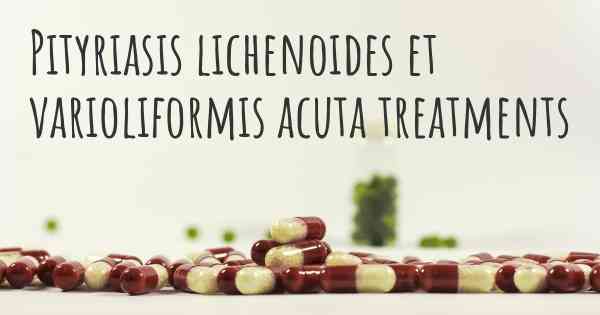
Treatments for Pityriasis Lichenoides et Varioliformis Acuta
Pityriasis Lichenoides et Varioliformis Acuta (PLVA), also known as Mucha-Habermann disease, is a rare skin disorder characterized by the development of small, red, scaly papules or vesicles on the skin. The exact cause of PLVA is unknown, and it typically affects children and young adults. While the condition usually resolves on its own within months to years, treatment may be necessary to alleviate symptoms and speed up the healing process.
1. Topical Corticosteroids
Topical corticosteroids are commonly prescribed as a first-line treatment for PLVA. These medications help reduce inflammation, itching, and redness associated with the skin lesions. Mild to moderate potency corticosteroids, such as hydrocortisone or betamethasone, are often used initially. They can be applied directly to the affected areas once or twice daily for a specified duration as directed by a healthcare professional.
2. Systemic Corticosteroids
In severe cases of PLVA, where the lesions are widespread or causing significant discomfort, systemic corticosteroids may be prescribed. Oral corticosteroids, such as prednisone, can help suppress the immune response and reduce inflammation throughout the body. However, long-term use of systemic corticosteroids should be avoided due to potential side effects.
3. Phototherapy
Phototherapy involves exposing the affected skin to controlled amounts of ultraviolet (UV) light. This treatment option can help reduce inflammation and promote healing of the skin lesions. Narrowband UVB therapy is commonly used for PLVA and is usually administered in multiple sessions over several weeks. Phototherapy should be performed under the supervision of a dermatologist to ensure safety and effectiveness.
4. Antibiotics
In some cases, antibiotics may be prescribed to treat PLVA. This is particularly true when secondary bacterial infections occur due to scratching or open sores. Antibiotics, such as erythromycin or tetracycline, can help eliminate the bacterial infection and prevent further complications.
5. Immunosuppressive Medications
For severe or refractory cases of PLVA, immunosuppressive medications may be considered. Drugs like methotrexate or cyclosporine can help suppress the immune system and reduce the severity of symptoms. However, these medications have potential side effects and should be used under close medical supervision.
6. Symptomatic Relief
While treating the underlying condition is essential, providing symptomatic relief is also important. This can include using emollients or moisturizers to soothe dry and itchy skin, taking antihistamines to alleviate itching, and practicing good skincare hygiene. Avoiding excessive sun exposure and wearing protective clothing can also help prevent further irritation.
It is crucial to consult with a dermatologist or healthcare professional for an accurate diagnosis and appropriate treatment plan for PLVA. The choice of treatment depends on the severity of the condition, individual patient factors, and the presence of any underlying medical conditions.
